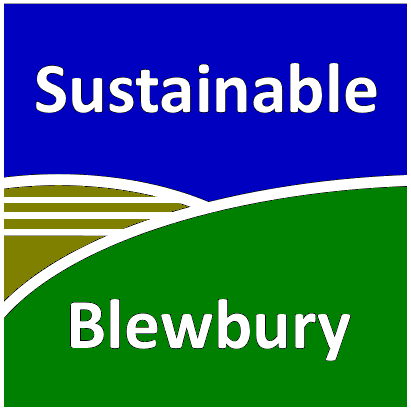
Updated 18 November 2010

|
Updated 18 November 2010 |
|
HOME PAGES GLOBAL WARMING WHAT YOU CAN DO GREEN ISSUES BACKGROUND THE INITIATIVE |
Much of the activity of the Energy Initiative over its first year was concerned with the promotion of a questionnaire on the energy efficiency of houses. This page provides a little background and contains the advice on completing this questionnaire, which may also be of more general interest. It also discusses the scope of the reports produced as a result. The Blewbury Energy Initiative offered a free energy survey for any home in Blewbury. Those who filled up a questionnaire received advice on how to lower energy bills, and on the grants and discounts which are available. Guidance on Filling up the Questionnaire The information below is intended to provide guidance to those filling in the Home Energy Questionnaire. The paragraph numbers identify the questions for which the guidance is aimed. If you are still unsure, or have additional questions, please contact the Blewbury Energy Initiative via this website. 3b. A room in the roof is where a loft space has been converted into an additional room, or was built into during the original construction. 7. A simple way to see if a brick wall is of solid brick or cavity construction can be seen in the images below. 8. If your home is post-war, it will almost certainly have been built with cavity walls, but these may or may not be insulated. If your home was constructed after the mid 1980s, then your cavity walls will be insulated as this became a requirement under Building Regulations at the time. 9. For most post-war houses, if insulation is up to the level of the rafters, as in picture below, this will typically be 100 mm or 4 inches.
16. Pictures of modern storage heaters are shown below. Older versions tend to be far larger in size.
19. Below are pictures of a thermostatic radiator valve, a room thermostat, and a digital programmer. A clock timer, for which there is no picture, switches power on and off under the control of a 24 hour clock mechanism.
23 & 24. The pictures below illustrate two kinds of insulation for hot-water tanks, a hot-water thermostat, and a second variety of hot-water thermostat in place – this is as fitted on the tank with the rigid foam insulation.
26. Typical low-energy light bulbs, or compact fluorescent light bulbs (CFLs), are shown below. Fluorescent strip lights also provide low-energy lighting.
The Energy Survey Report is an attempt to estimate the energy likely to be used by the property reported on, and to evaluate a number of the measures that might be taken to save energy. This can only be an approximate exercise, as this kind of analysis can only work on the information gathered in the questionnaire. Energy use can depend on a number of other factors, such as:
Nevertheless, the individual improvements discussed are likely to be the most appropriate ones to consider. |
 |
If you have any comments or queries about this website please contact the
webmaster. |
© Blewbury Energy Initiative 2014 |